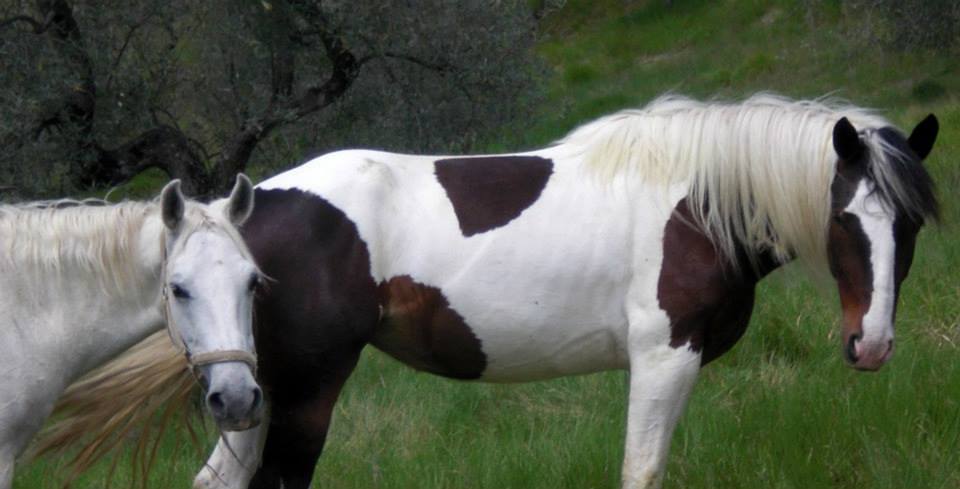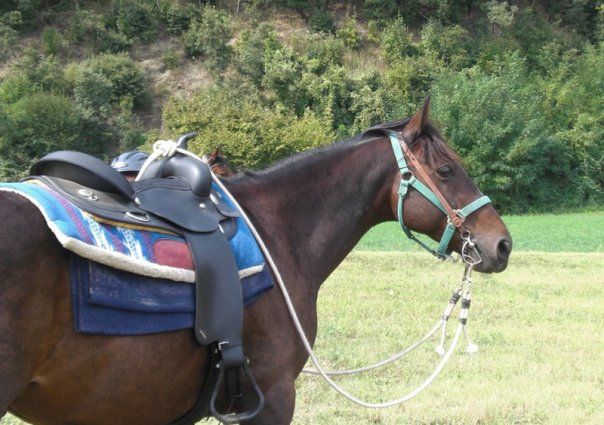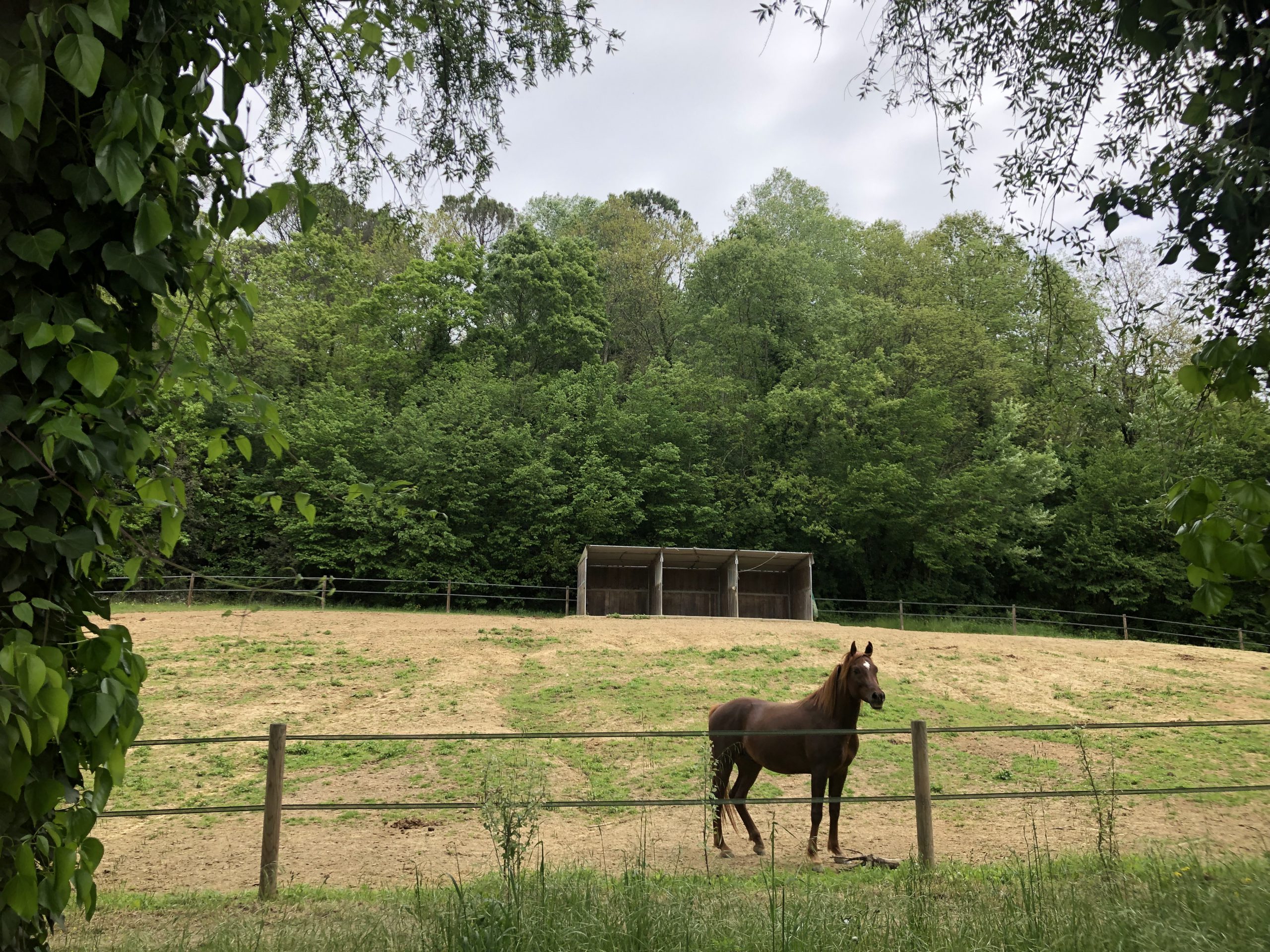Essential Hoof Care Tips for Horse Owners
As a horse owner, maintaining your equine’s hoof health is an essential part of horse care. Without healthy hooves, your horse may experience pain, discomfort, and even lameness. So, let’s dive into some essential hoof care tips that every horse owner should know.
Understanding the Importance of Hoof Care
Did you know that your horse’s hooves are responsible for supporting their entire weight? That’s a lot of pressure! That’s why keeping your horse’s hooves healthy is so important. Proper hoof care can prevent common hoof problems and keep your horse comfortable and happy.
The Connection Between Hoof Health and Overall Horse Health
Hoof health is directly connected to overall horse health. Poor hoof health can lead to lameness, which can decrease your horse’s performance level, decrease their appetite, and even cause behavioral issues. That’s why it’s vital to take care of your horse’s feet to ensure their overall health and wellbeing.
One way to ensure your horse’s overall health is to make sure they are getting enough exercise. Exercise helps improve circulation, which in turn promotes better hoof health. Additionally, exercise can help maintain a healthy weight, which can reduce the risk of laminitis and other hoof problems.
Preventing Common Hoof Problems
Some of the most common hoof problems horse owners encounter include thrush, abscesses, and cracked hooves. It’s essential to recognize the signs of these issues and take proactive steps to prevent them from occurring.
Thrush is a bacterial infection that can occur in the grooves of the frog. It’s often caused by poor hygiene and can lead to a foul odor and discharge. To prevent thrush, it’s important to keep your horse’s hooves clean and dry. Regular hoof cleaning and inspections can help catch thrush early on.
Abscesses can also be a common problem for horses. They occur when bacteria enters the hoof through a crack or puncture wound. Signs of an abscess include lameness and swelling. To prevent abscesses, it’s important to keep your horse’s hooves trimmed and well-maintained. Additionally, avoid riding your horse on hard or rocky surfaces, which can increase the risk of injury.
Cracked hooves are another common issue that can occur in horses. They can be caused by a variety of factors, including dry weather, improper trimming, and poor nutrition. To prevent cracked hooves, it’s important to maintain a balanced diet for your horse and ensure they are getting enough water. Regular appointments with a farrier can also help prevent and treat cracked hooves.
Overall, taking care of your horse’s hooves is an essential part of maintaining their overall health and wellbeing. By recognizing the signs of common hoof problems and taking proactive steps to prevent them, you can help ensure your horse stays happy and healthy for years to come.
Daily Hoof Care Routine
Having a daily hoof care routine can go a long way in preventing common hoof problems. Here’s a breakdown of what your daily hoof care routine should include:
Cleaning and Inspecting the Hooves
It’s essential to clean your horse’s hooves daily. Use a hoof pick to remove any debris and dirt from the frog and sole. This is especially important if your horse spends a lot of time in a stall or in muddy conditions. Taking the time to inspect the hooves for any signs of cracking, thrush, or other concerns is also crucial. Addressing issues early can prevent them from developing into more severe problems.
When cleaning your horse’s hooves, it’s important to pay attention to the frog, which is the triangular-shaped pad located on the underside of the hoof. The frog should be pliable and free of any foul odor. If you notice any abnormalities, such as a black, tarry substance or a foul smell, it could be a sign of thrush.
Recognizing Signs of Trouble
Knowing what to look for can help you detect issues early and address them before they become more severe. Some common signs to look out for include limp or uneven gait, flaky or crumbly hooves, and inflammation or discharge from the hoof area. If you notice any of these signs, it’s important to consult with your veterinarian or farrier to determine the best course of action.
It’s also important to note that some horses may be more prone to certain hoof problems than others. For example, horses with flat feet may be more susceptible to developing thrush, while horses with high arches may be more prone to developing cracks in their hooves.
Proper Moisture Management
Moisture plays a significant role in hoof health. Too much moisture can cause thrush and other related issues, while too little moisture can lead to cracked hooves. Ensuring your horse has access to dry, clean living conditions can go a long way in promoting hoof health.
If your horse spends a lot of time in a stall, it’s important to make sure the bedding is clean and dry. Wet or dirty bedding can lead to an increase in moisture, which can promote the growth of bacteria and fungi. Additionally, if your horse is turned out in wet or muddy conditions, it’s important to monitor their hooves and clean them as soon as possible to prevent any issues from developing.
By following a daily hoof care routine that includes cleaning and inspecting the hooves, recognizing signs of trouble, and proper moisture management, you can help keep your horse’s hooves healthy and prevent common hoof problems.
Proper Nutrition for Healthy Hooves
Nutrition plays a crucial role in hoof health. Here are some essential nutrients your horse’s diet should include:
Essential Nutrients for Hoof Growth
Horses require a balanced diet of vitamins and minerals to promote healthy hoof growth. These include biotin, Zinc, and Copper. Feeding a high-quality equine feed that contains these nutrients can help promote healthy hoof growth.
Supplements to Support Hoof Health
Supplements can help bolster your horse’s hoof health. Biotin supplements, for example, can help strengthen the hooves and reduce the risk of cracks or chips. Be sure to consult with your equine veterinarian or nutritionist before adding any supplements to your horse’s diet.
Feeding Practices to Avoid
Feeding practices such as feeding too much high-sugar grass or sweet feed can lead to insulin resistance, which can contribute to hoof problems. Make sure you speak with your equine veterinarian or nutritionist to develop a feeding program that meets your horse’s individual needs.
Regular Farrier Visits
Scheduling regular appointments with a farrier is vital in maintaining your horse’s hoof health. Here’s what you need to know:
The Role of the Farrier in Hoof Care
Farriers are trained and skilled professionals that specialize in hoof care. Their essential role is to trim and balance your horse’s hooves, apply horseshoes (when necessary), and monitor your horse’s hoof health on a regular basis.
How Often to Schedule Farrier Appointments
Every horse is different, but as a rule of thumb, most horses should have their hooves trimmed every 6-8 weeks. Factors such as growth rate, work schedule, and living conditions can impact how often your horse needs to see the farrier. Be sure to talk with your farrier to determine the best schedule for your horse.
Preparing Your Horse for Farrier Visits
Before your farrier arrives, make sure your horse’s hooves are clean and dry. This makes it easy for the farrier to examine the hooves and provide the necessary care. If your horse is resistant to having their hooves handled or has behavioral concerns, be sure to discuss this with your farrier as well.
By following these essential hoof care tips and working closely with your farrier, you can help keep your horse’s hooves healthy and strong. Happy hoofing!


